Walking in Antarctica
by Helen Glazer
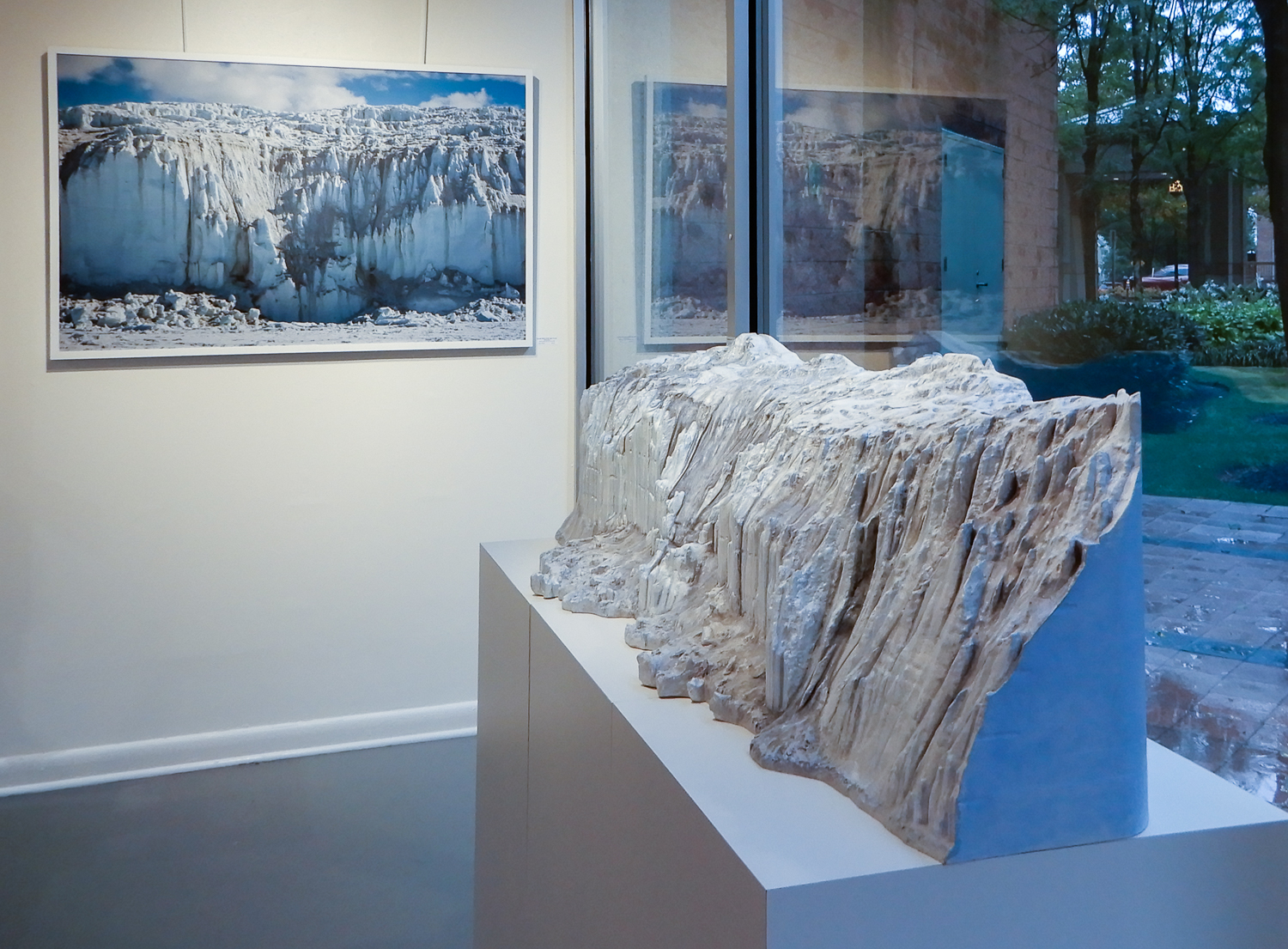

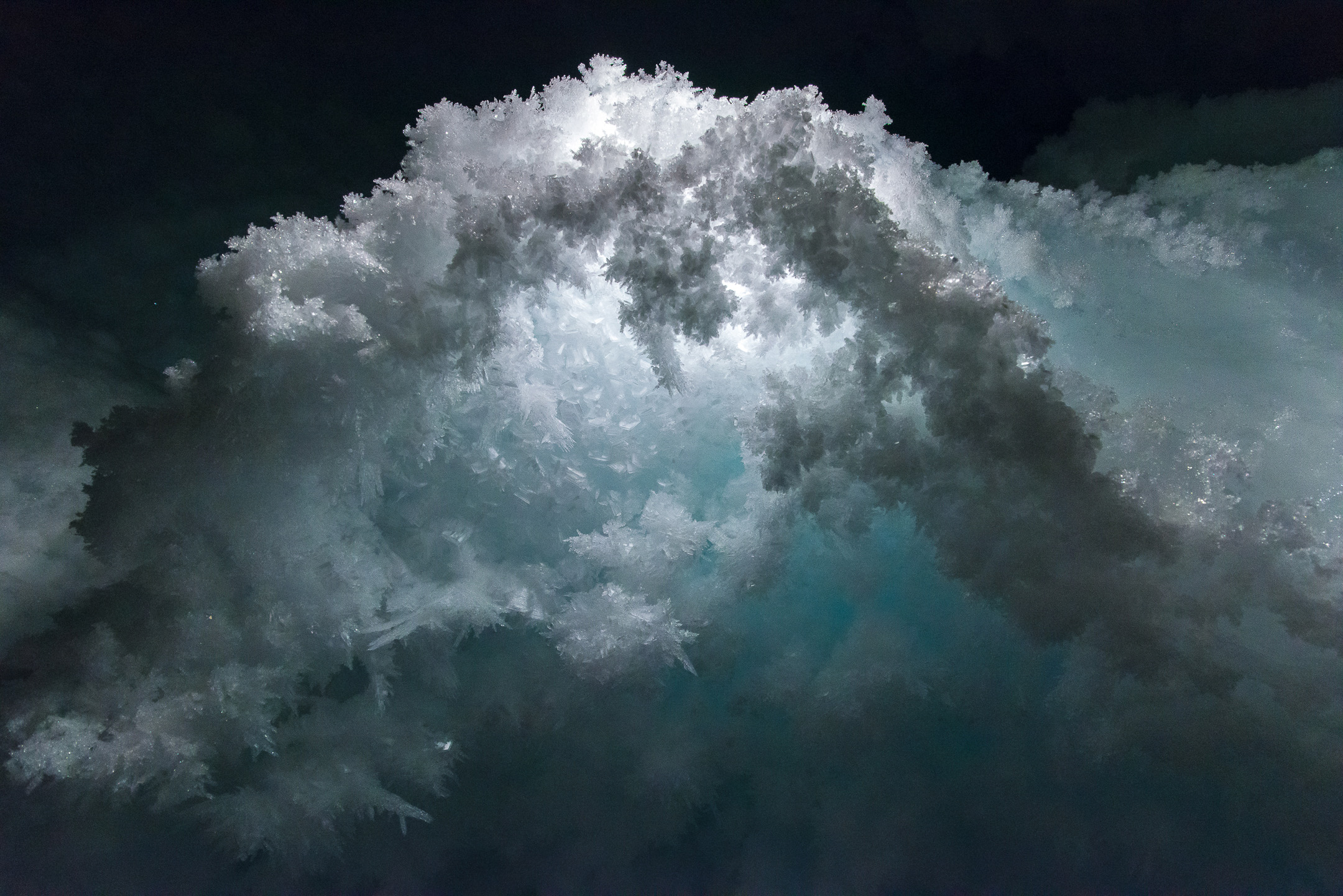
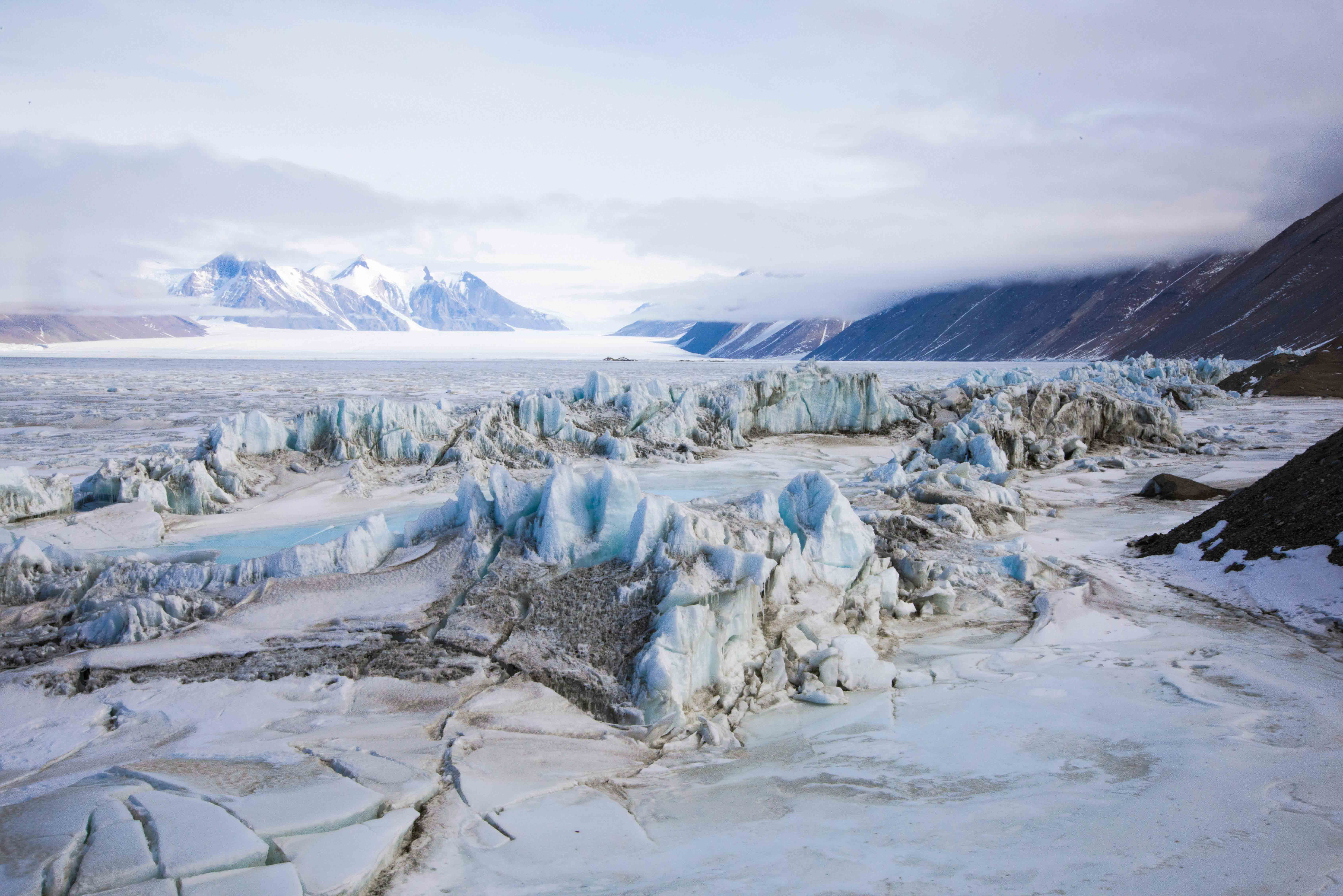
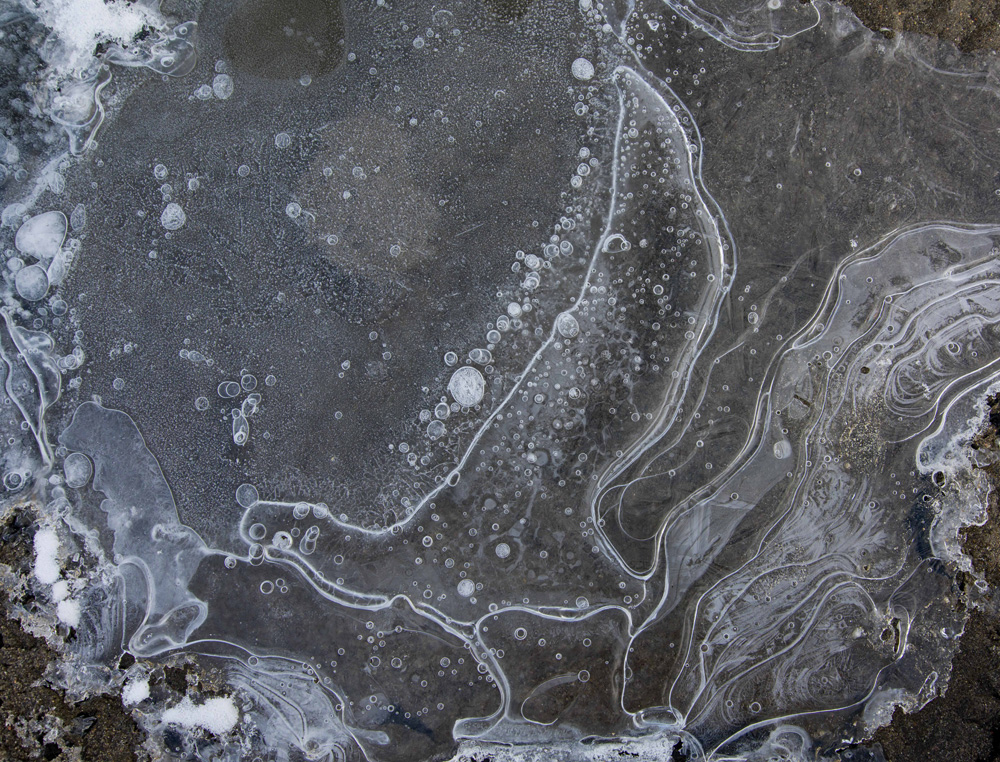
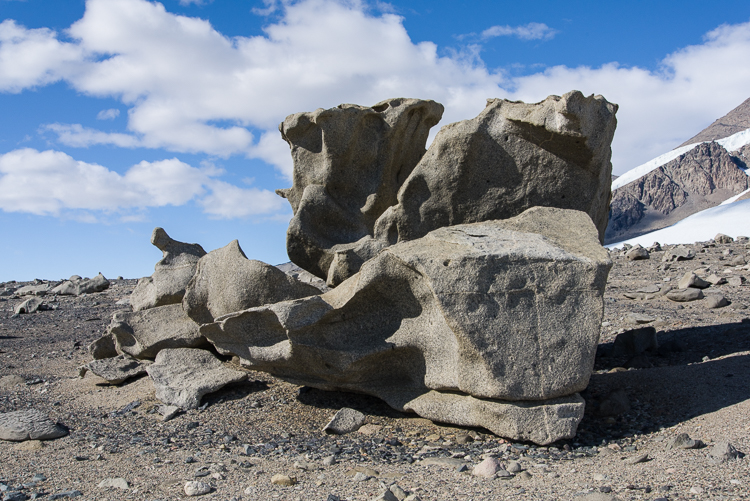
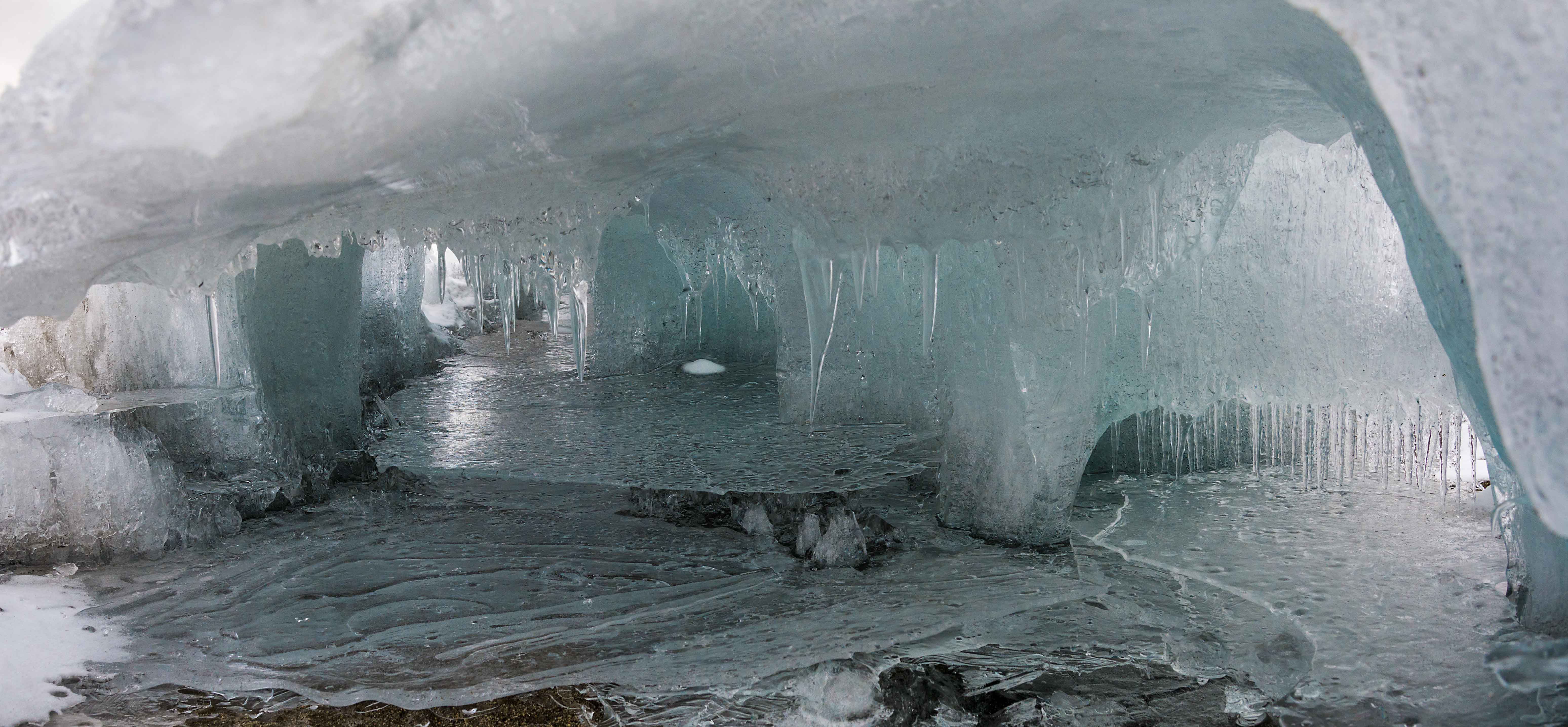
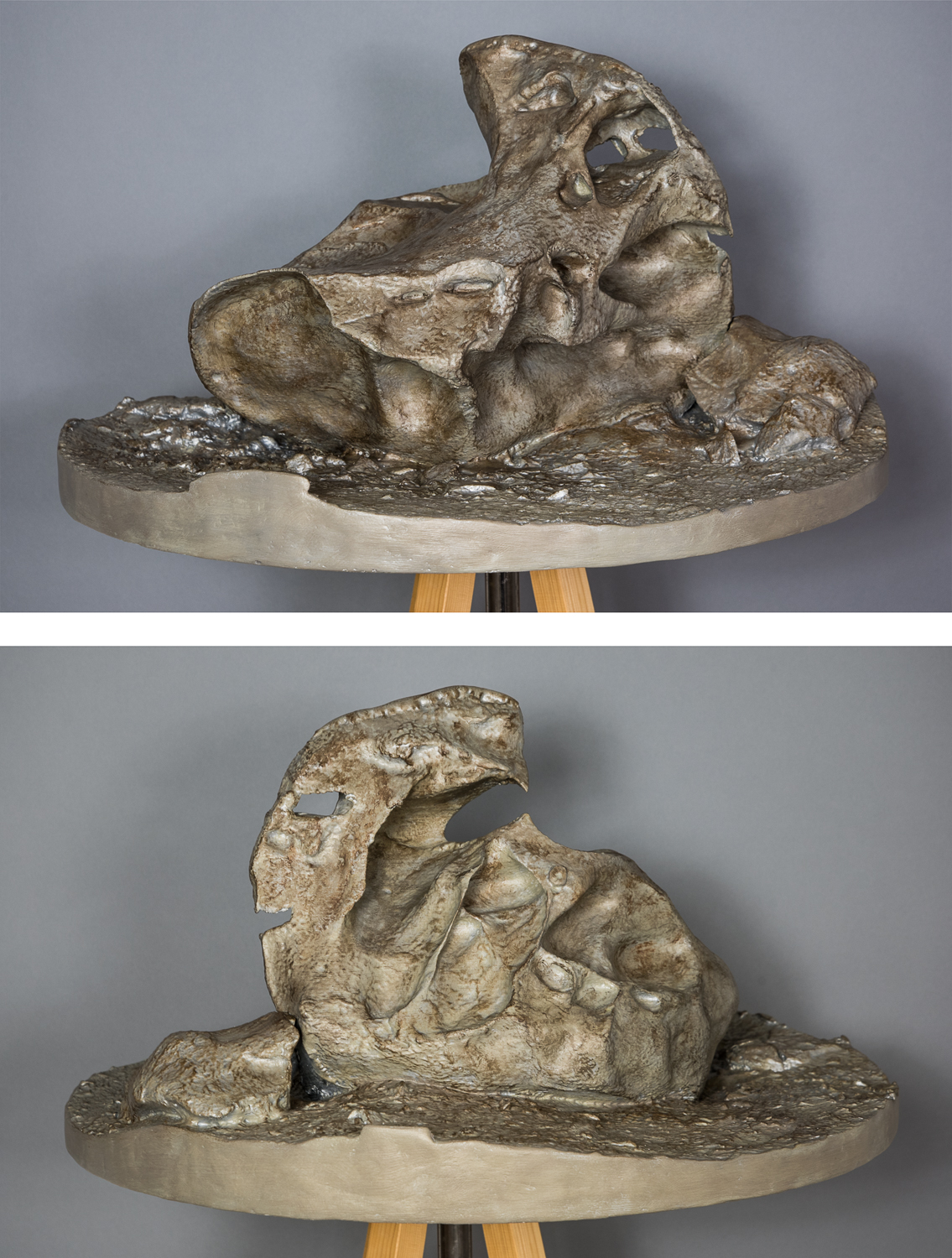
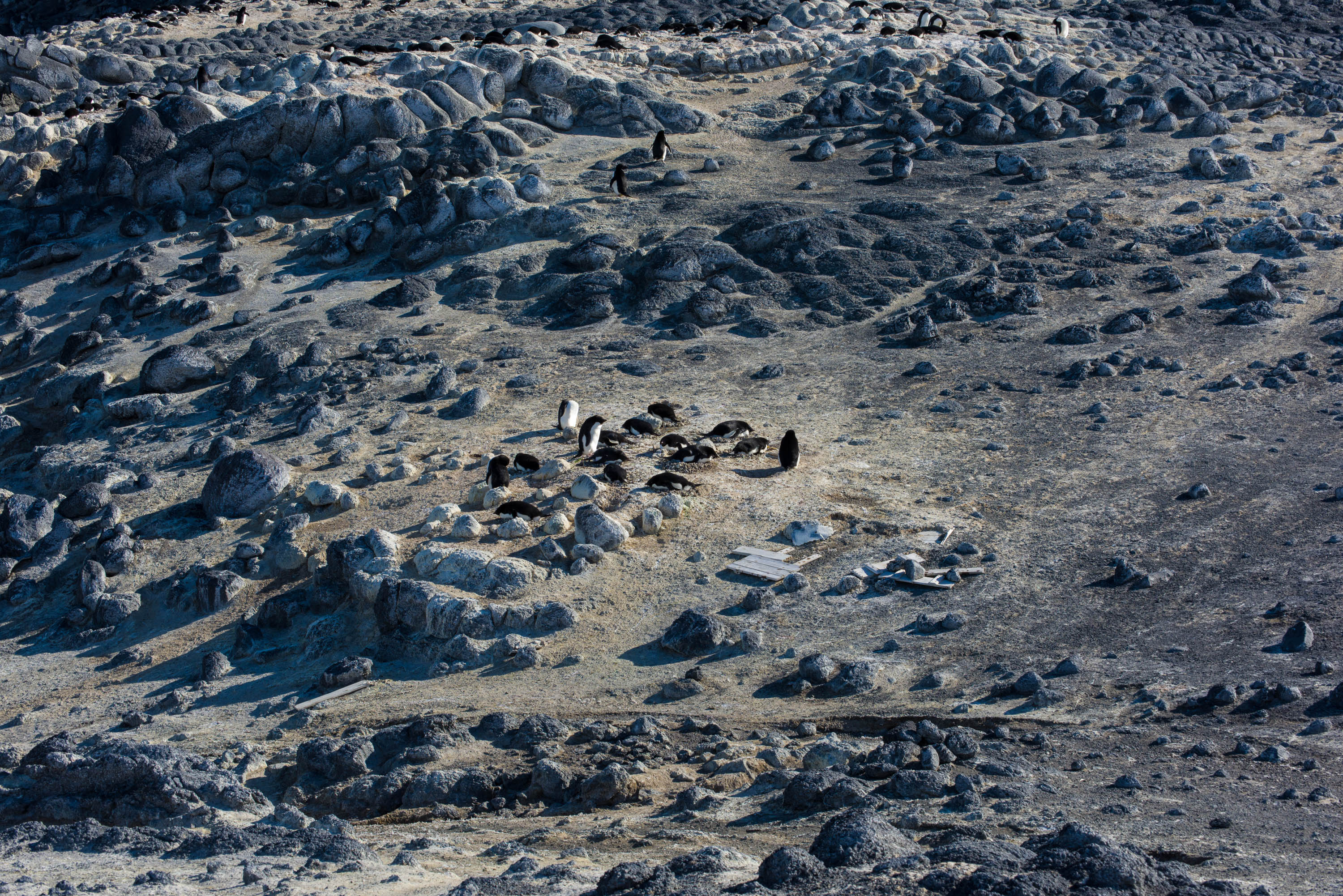
An immersive, interdisciplinary project bringing together photography, sculpture, and audio narrative. Walking in Antarctica takes the viewer on a journey through an extraordinary environment that few people ever visit — over frozen lakes, around towering glaciers and baroque sea ice formations, into a magnificent frozen ice cave, across fields of surreal boulders, and through a penguin colony.
The photographs and sculpture are inspired and informed by my experiences as a grantee of the National Science Foundation Antarctic Artists and Writers Program. I returned from Antarctica with a rich cache of raw material, creating the archival pigment prints, sculpture and an accompanying narrative. Walking in Antarctica, a solo exhibition selected from this material, premiered in 2017 at Goucher College in Baltimore, Maryland, and is available for rental in the U.S. through 2027 through ExhibitsUSA, the traveling exhibition rental service of the Mid-Atlantic Arts Alliance.
The images surprise visitors with vivid depictions of richly articulated and colorful environments that counter the common perception of a bleak, white wasteland. The sculptures offer an opportunity to experience the unique polar ice and rock formations from different vantage points as objects in space and are the first, and thus far only, such sculptural works of the Antarctic landscape.
For the last two months of 2015, I worked out of remote Antarctic scientific field camps and had access to protected areas that can only be entered with government permits or in the company of a skilled mountaineer. Insights from my research and interactions with scientists enhanced her experience of nature during her residency. I returned with some 5,000 photographs and recorded my experiences in an online journal. I received funds to produce the Walking in Antarctica exhibition from the Greater Baltimore Cultural Alliance Rubys Awards, funded by the Robert W. Deutsch Foundation, and from the Puffin Foundation, Teaneck, NJ.
← Back to gallery